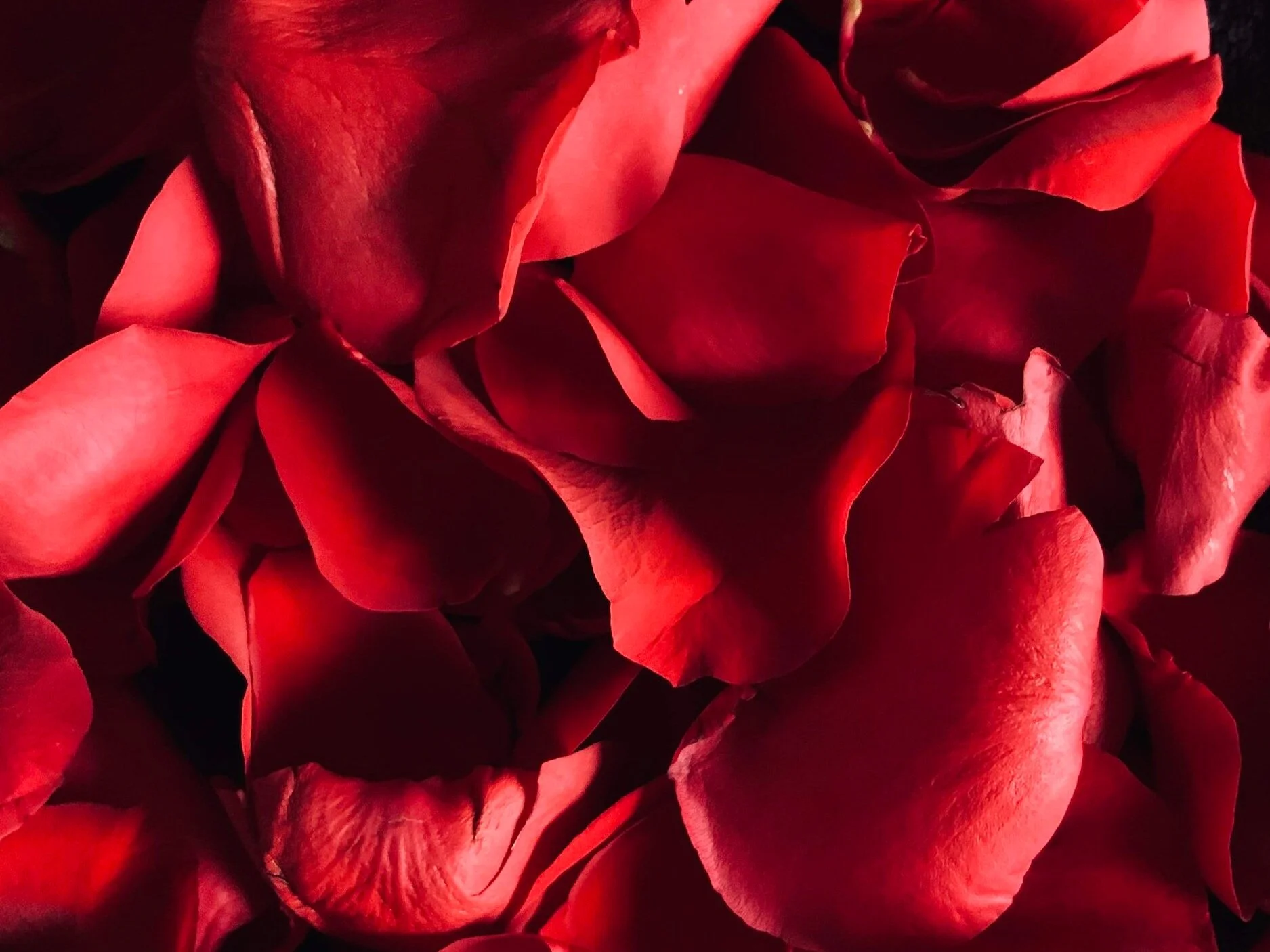Blood from a Chinese Medical Perspective
“Having received sufficient Blood, the liver can support healthy eyesight. Having received sufficient Blood, the feet can walk. Having received sufficient Blood, the palm can grasp hold of things. Having received sufficient Blood, the fingers can pick up things.”
– Huang Di Nei Jing
The Chinese character for Blood (血) is a pictograph. According to Chinese Medical Characters Volume One: Basic Vocabulary, the character is displaying a drop of blood dripping into a vessel (皿). The word for Blood in Chinese is xuè, which ends in a fourth tone syllable, meaning that the tone falls from a high level to a low level. This is important to understand because xué (which has a second tone syllable) can either mean study or cave, whereas xuĕ (with a third tone syllable) means snow.
“Blood” in Traditional Chinese Medicine is very similar to blood as it is known in Western medicine; however, there are energetic qualities that go beyond the Western medical definition of blood.
In both modalities, it is understood that the body needs Blood as a nourishing substance for the organs to operate efficiently.
According to Traditional Chinese Medicine, the function of Blood is to nourish, moisten, and warm the body. The qualities of Blood are Yin in nature: it is heavy, nourishing, and moist.
Since Blood is Yin in nature, its “opposite” would be Qi, which is Yang in nature. Both cannot exist without the other. It is commonly understood in Traditional Chinese Medicine that Blood is the mother of Qi and Qi is the commander of Blood. Blood needs to be circulated by Qi and Qi needs to be created and nourished from Blood.
There are two sources of Blood: the first source is through digestion, which marks the importance of receiving good quality food. The other source of Blood is from the Jing stored by the Kidneys. This Jing is used to make Marrow, which creates bone marrow, which then creates Blood.
All Organs work with Blood, but the Organs most involved include the Liver, Heart, and Spleen.
The Spleen aids in the creation of Blood by receiving nutrients from food.
This refined material works its way to combine with “Clean Air” processed from the Lungs.
The Heart uses both the digested food nutrients and Clean Air to make Blood. The Lungs and Heart can then circulate the Blood with their Qi.
The Heart governs the Blood through its pumping and circulating action, feeding Blood to all other Organs.
The Liver stores the Blood: “When the body moves, the blood flows through the channels; when at rest, the Blood returns to the Liver where it is stored” (Unschuld, Ch. 8).
The Spleen holds the Blood in the vessels to prevent “spilling out”, i.e. bruising, hemorrhaging, and excessive bleeding.
To discuss an Organ’s Blood, we could say 心血 xīn xué (Heart Blood), 肝血 gān xué (Liver Blood), or 脾血 pí xué (Spleen Blood).
Blood disorders can be defined as different patterns, such as Blood Deficiency and Blood Stasis.
血虚, xué xū, means Blood Deficiency. Signs of Blood Deficiency include paleness, fatigue, a lack of menses or scanty menses, dizziness, poor memory, insomnia, and mental disorders. A lack of Blood can also show signs of a lack of Yin such as dryness of the skin, brittle hair, and nails. To get even more specific, we can indicate where the Blood Deficiency is occurring. For example, 血虚, gan xué xū means Liver Blood Deficiency and 血虚, xīn xué xū, means Heart Blood Deficiency.
瘀血, yū xué, is the character combo for Blood Stasis. Blood stasis (also called stagnation) generally means impairment or accumulation of Blood, as opposed to a smooth flow of circulation.
Blood stasis can be caused by Cold or Heat, impact trauma, Qi deficiency or Qi stagnation. A dark and/or purple complexion (especially of the lips and tongue) usually indicates Blood stasis. Bruises, sharp stabbing pain and swelling in a localized area can all indicate Blood Stasis as well. If there is bleeding, it will appear clotted, such as in menstrual disorders.
Psycho-emotionally, Blood stasis can affect the Heart and appear as delirium.
Treatment of Blood disorders include Tonifying the Blood or Invigorating the Blood. Some Chinese remedies to use to tonify the Blood would be Dāng Guī Bǔ Xué Tāng (Angelica Sinesis Tonify Blood Decoction) and Qì Xué Xū Tāng (Qi and Blood Deficiency Decoction). Both formulas include xué in their names; by understanding commonly used Chinese words such as qì, xué, and xū, the action of the formula becomes more obvious.
Formulas that are used to Invigorate the Blood include Xuè Fu Zhú Yū Tāng (Blood Mansion Eliminate Stasis Decoction) and Shū Jīng Huó Xué Tāng (Relax the Channels and Invigorate the Blood Decoction).
Another formula with the character Blood in it is Kè Xué Fang (Coughing of Blood Formula): in this case, kè means to control or restrain; literally, “Restrain Blood Formula”.
There is at least one medicinal herb with Blood mentioned in its name and that is 血竭 Xué Jié (Dragon’s Blood resin), which is used to Invigorate Blood especially in cases of traumatic injury such as falls, fractures, and sprains. It can also be used topically to stop bleeding such as in the formula Tie Ta Yao Gin.
Want to learn more or talk about the health of your own blood? Book a free 15-minute consultation with me here!
by Meghane Hernandez 2022
—
References:
Cambridge English–Chinese (traditional) dictionary: English to traditional Chinese. Cambridge Dictionary. (n.d.). Retrieved October 23rd, 2021, from https://dictionary.cambridge.org/dictionary/english-chinese-traditional/.
Chinese Medical Characters Volume One: Basic Vocabulary, Nigel Wiseman and Zhang Yuhuan
Han trainer Chinese-english dictionary. Han Trainer Chinese-English Dictionary for learning Chinese. (n.d.). Retrieved October 23, 2021, from https://www.dictionary.hantrainerpro.com/chinese-english/.
Ninchanese. (n.d.). Enjoy Learning Chinese! Ninchanese. Retrieved November 2, 2021, from https://app.ninchanese.com/search.
Unschuld, P. U. (2016). Huang di Nei Jing Ling Shu - the ancient classic on needle therapy. University Of California Press.

